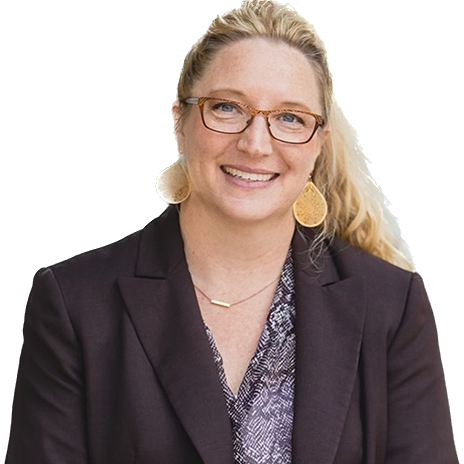Are you targeting and prospecting the right kinds of clients as you’re working to build your business coaching firm?
Because if you aren’t, no matter how strong your marketing materials are, no matter how skilled you are at selling, you’ll find yourself constantly frustrated.
You need to discover your “sweet spot”–the right size and type of business that converts profitably for you. Sounds simple enough, right?
Until you realize that the sweet spot is different for each coach.
So how do you determine what kinds of businesses to pursue?
Here’s a hint: it’s based on your personal conversion rate.
What Size of Company Should You Target?
Follow this rule of thumb:
The LOWER your sales conversion rates and price and length of your average coaching engagement, the SMALLER the businesses you’ll need to attract in order to make it pay.
The HIGHER your conversion rates and average coaching engagement, the LARGER the businesses you can recruit.
The LOWER your sales conversion rates and price and length of your average coaching engagement, the SMALLER the businesses you'll need to attract in order to make it pay. The HIGHER your conversion rates and average coaching engagement, the LARGER the businesses you can recruit.
Why?
Because it costs more to acquire bigger businesses than smaller businesses.
Let’s do the math together.
Let’s say your conversion rate is 5%. That means it takes 20 leads to convert one client to a coaching program. If you’re marketing to a list of businesses with gross annual revenues around $350,000, and investing $200 per lead, you’ll land at least one new client for every $4,000 you invest (20 x $200).
In order to make this profitable, you need to sell a $1,500 program and keep your client an average of 3 months. The upside is that it costs less to attract smaller businesses, minimizing your risk. The downside is that when you deal with clients in this revenue bracket, you’ll end up spending more time and effort chasing them down and getting them to pay.
To further illustrate my point, let’s say you pursue larger businesses–say clients with revenues in excess of $1 Million. You’ll probably wind up investing around $400 per lead (that’s twice as much as before), simply because they’re more expensive to attract. Assuming your conversion rate stays the same (around 5%), it will take $8,000 to land that one client, as opposed to the $4,000 you were spending previously.
Your risk just skyrocketed, because that means you’ve got to get clients to sign up for a $2,000 per month program and keep them for at least four months just to break even.
Growing the Size of Your Target Client Over Time
Start small at first. Then, as you improve your skills and increase the value you bring to the table, you’ll be able to move on to bigger and better businesses.
For example, by the time I sold my first coaching firm in the early 2000’s, we were converting 10% of leads. Cost of acquisition was rock-bottom ($2,000)…which means we broke even on our first monthly check!
Then, because of the value we offered clients, we kept them around for an average of 9 months.
In other words, we had a return on investment of over 900%! For every $2,000 we spent to get a new client, we had $18,000 coming back.
Incremental improvements in sales conversion as you’re getting started will lead to gains in retention–which will lead to improved client quality–which will increase your conversion and retention rates! So always look to the next tier of companies you can be targeting. Stretch yourself, even as you continue to prospect clients you’re more comfortable with. This way, you’ll be able to grow your confidence, grow your capacity, and grow your revenue!
Just starting out as a business coach and looking for more great tips and tricks? Download our FREE ebook, How to Become a Business Coach.





